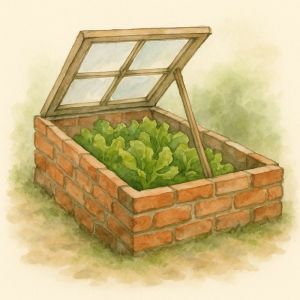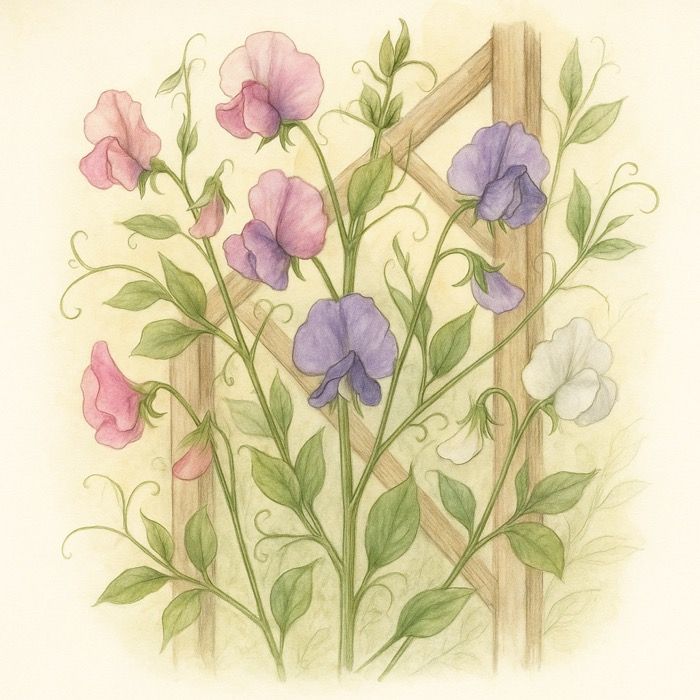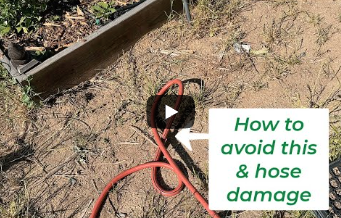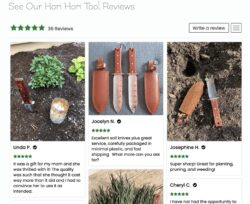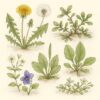What is a Cold Frame and How Does it Work?
Unlock Year-Round Harvests – Your Essential Guide to Cold Frames 🥕
Last updated: August 2025
This post is Part 1 of our Cold Frame Gardening Series, designed to help you extend your growing season, protect your crops, and enjoy year-round harvests. Stay tuned for upcoming posts covering DIY cold frame builds, seasonal planting guides, advanced techniques, and more!
Tired of watching your gardening dreams freeze with the first frost?
Imagine plucking fresh, crisp lettuce in the dead of winter or starting your tomatoes weeks before spring even begins. This isn’t magic—it’s the power of a cold frame, your secret weapon for extending the growing season and protecting your precious plants.
Fluctuating weather can be a gardener’s biggest headache, but a simple cold frame transforms your outdoor space into a resilient, productive oasis. Ready to defy the seasons and enjoy homegrown goodness all year long? Let’s dive in.
What is a Cold Frame?
A cold frame is like a mini-greenhouse for your garden. It’s a low, bottomless structure with a transparent lid, designed to trap heat and shelter plants from harsh elements. Most are built with cedar, brick, or straw bales and topped with a clear polycarbonate sheet, window sash, or greenhouse plastic.
🌱 Think of it as a cozy microclimate for your greens and seedlings—shielding them from frost, wind, rain, and pests.
How Cold Frames Work
Ever wonder how a simple box can stretch your growing season by months? Cold frames work by mimicking nature—only better. They collect and conserve solar heat while protecting plants from the wild swings of outdoor weather. Here’s how they do it:
- Sunlight enters through the transparent lid, warming the air and soil inside.
- The insulated walls and lid trap that warmth, even after the sun goes down.
- Cold frames block wind and frost, giving plants a stable, sheltered environment.
In short: a cold frame tricks your plants into thinking it’s spring—even when it’s not.
Why Every Gardener Needs a Cold Frame
Cold frames aren’t just for hardcore gardeners—they’re a game-changer for anyone who wants to garden smarter. Whether you’re growing for fun, food, or self-sufficiency, here’s why you’ll want to make space for one:
- Extend Your Growing Season – Start earlier in spring, harvest later in fall and winter.
- Harden Off Seedlings – Gently transition indoor plants to the outdoors without transplant shock.
- Protect Delicate Plants – Shield your crops from sudden frosts, storms, or nibbling critters.
- Save Money – Grow produce when it’s pricey or unavailable in stores.
- Boost Germination – Warm, stable soil leads to better seed success.
- Adaptable & Movable – Change its location or use throughout the year.
Choosing the Right Spot
A cold frame only works as well as its placement. Sunlight, drainage, and shelter all matter—so don’t just plop it anywhere. Here’s what to look for when picking the perfect location:
- Face it south to maximize sunlight.
- Pick a level, well-drained area.
- Place against a wall or fence to add insulation and block wind.
What Should It Be Made Of?
Not sure what to build it with? You don’t need expensive supplies or power tools. Cold frames can be built from materials you already have on hand. Here are the most common options for both frame and lid:
Frames:
- Cedar (naturally rot-resistant)
- Straw bales
- Bricks or cinder blocks
- Reclaimed wood
Lids:
- Old window sashes
- Polycarbonate sheets
- Heavy-duty clear plastic
🔧 Pro Tip: Make the back wall taller than the front to allow water runoff and catch more sun.
How to Use Your Cold Frame
Building a cold frame is just the beginning—knowing how to use it effectively is what makes the magic happen. These techniques will help you get the most out of your new garden ally.
- Temperature Regulation is Key
Vent your cold frame during warm days and close it at night. Consider an automatic vent opener for hands-free control. - Smart Planting Choices
- Cool-season crops: spinach, kale, lettuce, arugula, radishes, carrots
- Hardy herbs: parsley, cilantro
- Seedlings: Start tomatoes, peppers, and flowers earlier
- Water Less Often
Cold frames retain moisture—only water when the top inch of soil feels dry. - Keep It Clean
Dirty lids block sunlight. Clean regularly for max light penetration.
Advanced Tips
Once you’ve mastered the basics, take things to the next level with these cold frame power moves. These ideas can help you boost productivity, prevent common issues, and squeeze even more performance from your cold frame setup.
- Insulate for Winter – Pile straw, leaves, or snow around the base at night.
- Rotate Crops – Even in small spaces, rotation prevents pests and disease buildup.
- Brush Off Snow – Gently clear snow off the lid daily to let in light.
Start Your Year-Round Garden Today!
A cold frame is one of the simplest and most effective tools a gardener can build. Whether you want earlier harvests, better seed germination, or winter greens, cold frames unlock a whole new layer of productivity.
💡 What will you grow first in your cold frame?
Share your plans in the comments, and stay tuned for the next post in our cold frame series:
